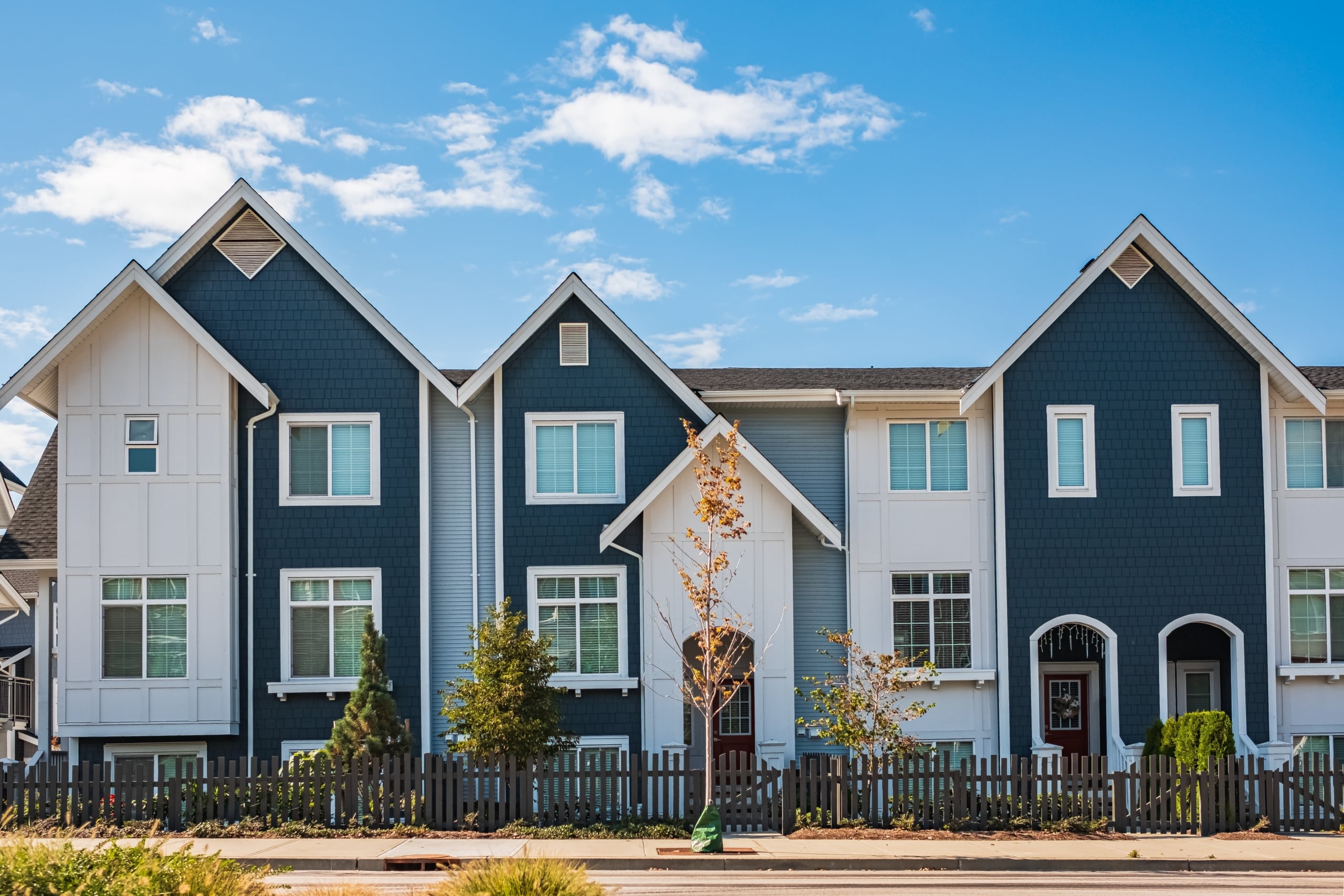Condo HOA: What Every New Homeowner Ought To Know
How Condominium HOA Regulates Shared Rooms and Enhances Community Harmony
The governance of shared rooms within a condo association plays a critical duty in promoting area communication and maintaining building worths. Through the establishment of comprehensive standards, the Apartment HOA not only regulates the use of public facilities however likewise promotes a society of respect and accountability amongst homeowners.
Role of the HOA
The house owners association (HOA) works as the governing body for condo communities, playing a vital function in maintaining the property and promoting a cohesive living setting. It is accountable for enacting and enforcing community regulations and regulations, which are made to maintain the aesthetic value and performance of the shared area. This administration guarantees that all homeowners comply with a standard collection of expectations, cultivating a feeling of unity among varied homeowners.
Furthermore, the HOA takes care of the monetary facets of the area, including budgeting, accumulating fees, and preserving typical areas. This economic oversight is important in ensuring that necessary maintenance and improvements are accomplished quickly, boosting residential property worths in time. The HOA additionally functions as a liaison in between residents and outside entities, such as neighborhood federal government and company, resolving public problems successfully.
Furthermore, the HOA usually arranges community events and programs, encouraging neighborly communications and developing connections among locals. By facilitating open communication and dealing with grievances, the HOA contributes to an unified living setting. Therefore, its complex role is necessary in guaranteeing the smooth operation and total contentment within condominium neighborhoods.
Guidelines for Shared Rooms
Reliable governance in condominium neighborhoods demands clear rules for common rooms, which are vital for keeping order and advertising a sense of community among locals. These regulations act as standards that make sure every person can enjoy common areas, such as swimming pools, yards, and entertainment facilities, without problem.
Additionally, sanitation and maintenance requirements are necessary, frequently stipulating that homeowners must cleanse up after themselves and report any type of damages to the house owners' association. By clearly interacting these expectations, the HOA can motivate and decrease misconceptions respect amongst citizens.
Inevitably, distinct policies for common areas contribute to the overall high quality of life in a condominium community, enabling residents to exist side-by-side quietly while appreciating the facilities that improve their living experience. condo hoa.
Importance of Neighborhood Guidelines

Neighborhood guidelines play a substantial role in cultivating a considerate and cohesive environment within condo organizations. These standards develop clear expectations for citizens, advertising a sense of liability and shared responsibility. By marking appropriate behaviors and techniques, area guidelines aid stop misunderstandings and problems among locals.
Moreover, these guidelines function as a structure for preserving the useful and visual integrity of shared spaces. They ensure that all citizens adhere to standards regarding building upkeep, noise levels, and usage of communal facilities. This harmony not only enhances the aesthetic allure of the community yet also contributes to total residential property values, profiting all house find more info owners.

Problem Resolution Methods
Navigating disputes within a condominium organization needs an organized strategy to make sure reasonable and effective resolution. Effective problem resolution approaches commonly start with open communication, urging locals to voice concerns in a considerate manner. Developing a marked network for grievances, such as a tip box or an on-line forum, can facilitate this process.
Arbitration is another vital strategy, wherein a neutral 3rd party assists contesting citizens reach an equally reasonable solution. This method promotes cooperation and understanding, minimizing hostility - condo hoa. The HOA board should additionally create clear treatments for attending to issues, ensuring all celebrations understand the actions entailed
Normal problem resolution training for board participants can boost their capability to take care of conflicts properly. Utilizing a well-defined structure, such as the "Interest-Based Relational Strategy," assists focus conversations on interests as opposed to placements, promoting a solutions-oriented state of mind.
Benefits of Neighborhood Harmony
Fostering community consistency within a condominium association brings many benefits that enhance the total living experience for wikipedia reference homeowners. A harmonious neighborhood urges collaboration and collaboration amongst neighbors, causing a much more kindly ambience. When citizens feel connected and reputable, they are most likely to participate in common activities and take part in decision-making procedures, resulting in a more powerful sense of belonging.
Furthermore, neighborhood consistency substantially decreases misconceptions and disputes, which can otherwise interfere with day-to-day live. A tranquil setting decreases tension and advertises mental health, enabling residents to appreciate their homes fully. Additionally, unified connections often equate into boosted building values, see as possible purchasers are drawn to areas characterized by security and collaboration.

Verdict
In summary, the role of the Condominium HOA is pivotal in governing shared rooms and fostering area harmony. condo hoa. With the facility of clear policies and community guidelines, homeowners are motivated to keep a considerate and answerable atmosphere. Reliable conflict resolution methods further improve interaction and collaboration amongst homeowners. Inevitably, the efforts of the HOA contribute to a natural community, promoting both property values and general resident satisfaction. The positive effect of these campaigns is essential for sustained common wellness.
Moreover, the HOA frequently organizes community events and programs, motivating neighborly interactions and developing connections among citizens. By defining acceptable habits and practices, community guidelines help prevent misunderstandings and conflicts amongst homeowners.
In addition, area standards assist in efficient communication among locals and the Homeowners Association (HOA) Through the establishment of clear rules and area standards, citizens are urged to keep a considerate and responsible atmosphere. Eventually, the efforts of the HOA add to a natural neighborhood, advertising both residential property values and overall resident complete satisfaction.